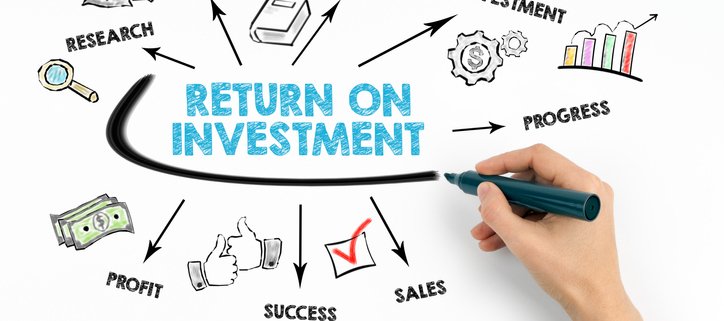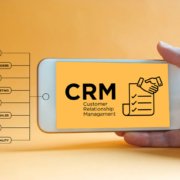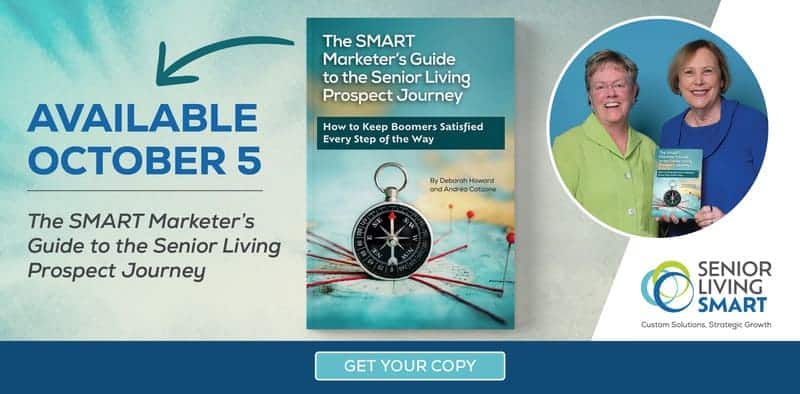Senior Living Leads: The Real ROI of Internet Leads
Internet leads represent 50% of all new lead generation in the senior living industry. There are many flavors, including organic lead generation from your own website, subscription (monthly flat fee) models, pay-per-lead, and pay-per-move-in options. If you need to increase lead generation, which model should you choose and how do you measure the ROI?
Here are the results from a six-month evaluation of every internet lead model, the financial results, the occupancy impact, and lessons learned about internet lead management.
Senior Living Leads: Evaluation Structure
We formed two groups of communities representing every possible combination of IL, AL, ALZ & CCRCs. One group received senior living leads from every internet lead model and managed the leads on their own. Another group received leads from the identical sources. A call center managed their leads for 30 days. Our goals were to measure the cost per lead, the cost per qualified lead, the cost per tour, and ultimately the cost per move-in. We also wanted to measure the impact of allocating dedicated resources to responding to internet leads on conversions, revenue, and occupancy. The two groups had almost identical occupancy (an average of 83.75%).
Senior Living Leads: Lessons Learned
If we skip to the end of the story, the call center results were significantly better than the community results – even though the call center staff had no experience in senior living. What they did have was a mindset to . . .
- Respond immediately to every lead
- Believe that every lead was viable (no pre-conceived beliefs that internet leads were low quality)
- Ask every question on the Discovery form
- Follow a 30-day lead nurturing process to look for opportunities if the prospect was not ready to tour on the first interaction
Here are some lessons learned from the call center results:
- Day-one immediate response is critical for internet leads.
- Having dedicated resources available 7 days a week led to improved opportunity.
- 56% of “connects” (voice-to-voice contact for Discovery) happened on Day 1 (Day 2 dropped to 10%).
- 53% of tours scheduled occurred on Day 1 (8.6% Day 2).
- Quick response allowed the call center to connect with more urgent leads (28% looking within 30 days).
- Following a consistent process for follow up with call outs & email nurturing for 30 days creates opportunity.
- Although 75% of tours were scheduled in the first 7 days, 131 tours were booked Days 8- 30.
Senior Living Leads: Show Me The Money!
The communities who had the call center support grew their occupancy by 52 units in the six-month pilot. The communities that managed their own leads lost 28 Units of ADU. This translated into over $3.5 million dollars in estimated revenue for the call center cohort based on an 18-month length of stay – even after paying the call center expenses.
Which Internet Lead Model Produced the Best Results?
The best results are always generated from organic senior living leads. Prospects who visit your website are not only interested in senior living, they are also interested in your community. The lowest cost to lead, tour and move-in and the highest conversions are from organic leads. This is why investing in SEO and live chat on your website is a great investment.
Pay-per-move-in models performed significantly better than either subscription or pay-per-lead. A Place For Mom produced the very best conversion rates across the board. The cost per move-in ranged from a low of about $3700 to a high of over $11,000 so it is important to choose wisely!
Need help getting the most out of your community’s senior living leads? Let’s Chat!














Debbie, great discussion & thanks for sharing! You make some interesting comparisons among exiting internet lead generating options. For me the synopsis generates a lot of questions some of which may be addressed in the full study. Stating with the “Total Move Ins” what percentage of move ins from all inquiry sources did the internet leads represent? Our experience as operators as well as our research with some portfolio companies indicates that total Move Ins from internet sources still represent less than 10% of move ins from all lead sources. From a different perspective, I question just how many Leads per vacant unit are really needed or helpful. Our experience is that most senior communities have a lot more leads than they can possibly follow up with effectively. We measure and track Active Leads to Vacant Units and are finding 50 to 100 or more “Leads per Vacant unit” is typical. My question is whether generating even more new leads is really “better” especially in terms of attracting and converting higher functioning Residents? Over the years our focus has shifted from quick cycle sales to the most urgent prospects to a more strategic, Prospect-Centered focus on building “readiness”. Bottom line for us. There are now lots of ways to generate inquiries and initial tours from prospects in crisis. The challenge, however, if we want to move average IL/AL occupancies from around 90% to near 100% is to shift our focus from spending less time with lots of “new” prospects to spending more time building readiness with higher functioning prospects. These are the prospects that stay longer, present less operational challenges, enhance our overall market impression and drive upward pressures on rates. I wonder how many of these higher functioning prospects are being generated from the internet sources you studied. Again thanks for initiating the conversation!
Hi Debbie,
Very compelling case study that validated many of my own convictions on the need for timely responsiveness,and consistency by senior sales counselors to win the business.
Thank you. I hope we can meet at some point.
Marcus Van Ameringen
Principal
Marcus & Associates Senior Living